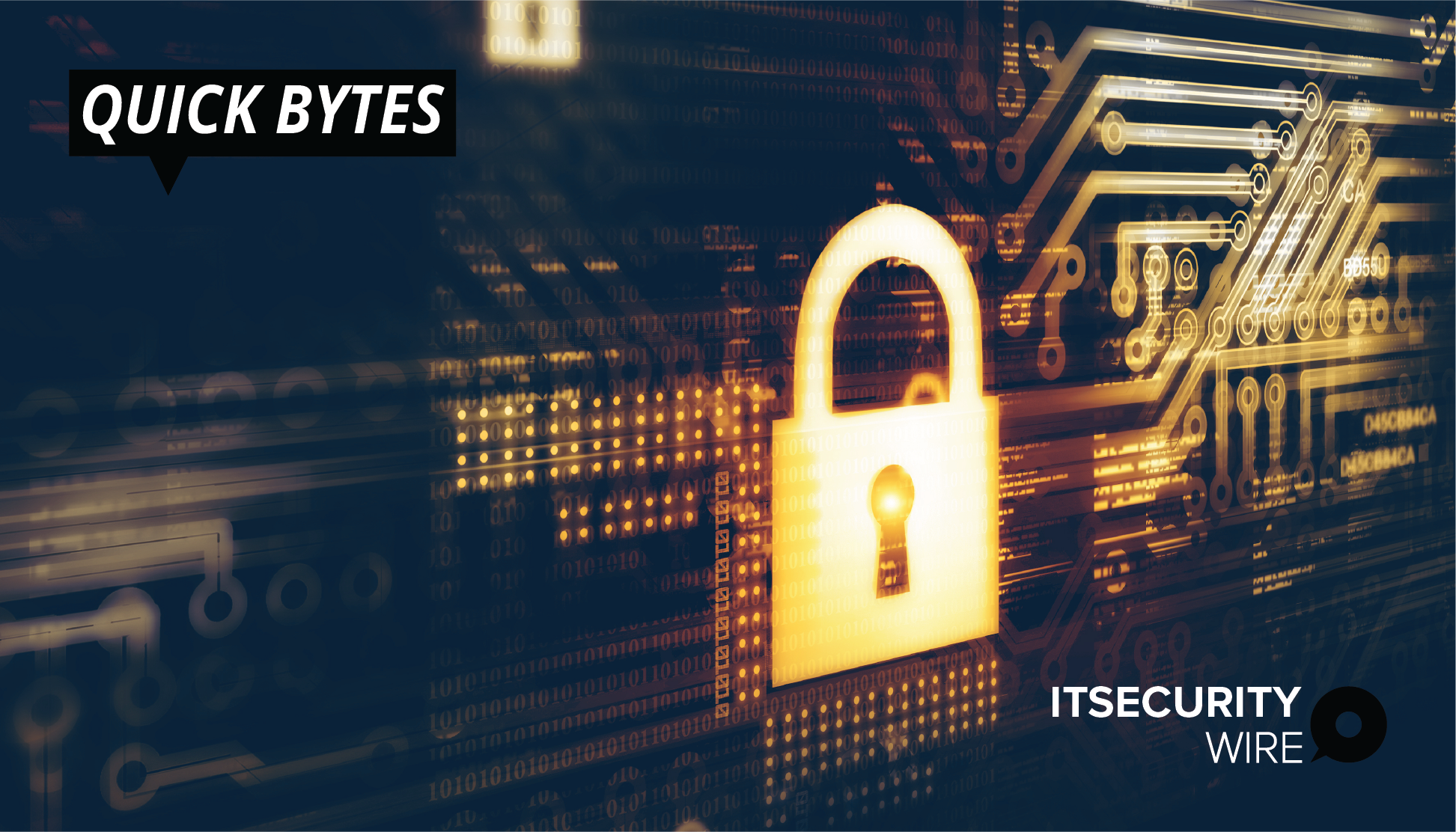In order to implement a good security strategy, each endpoint must be made resilient. Self-healing cybersecurity systems, in this context, offer a significant security and IT productivity breakthrough, helping enterprises to simplify the management and protection of today’s massively distributed infrastructures. However, all self-healing cybersecurity systems are not created equal. Before making a final purchase decision, organizations should demand that their preferred vendor demonstrate consistent capabilities.
Organizations are estimated to spend US$150.4 million on IT security and risk management technology in 2021, according to Gartner, and this marks a 12.4% increase compared 2020. Cyber-attacks continue to occur despite these improvements in security safeguards.
In fact, malicious actors took advantage of the change to a pandemic-defined work environment by unleashing a slew of new cyber-attacks based on ransomware, phishing, and credential stuffing. Remote workers and their endpoint devices, which provide an access point to an enterprise’s network, are the prime targets of their attacks.
For many IT teams, ensuring that the growing number of remote endpoints is kept secure and does not provide an entry point for hackers to breach the network is a daunting task. They are frequently assigned to protect high-value assets like as servers and cloud-based databases.
As a result, it’s not surprising that self-healing cybersecurity solutions appeal to many IT and security professionals looking for ways to reduce the time and effort required to defend distributed infrastructures. So, how near is the industry to cybersecurity systems that can self-heal?
Also Read: Strategies to Address Misconfigurations – The Biggest Threat to Cloud Security
When building endpoint visibility and security controls, IT and security professionals should remember that each endpoint is responsible for some or all of its own security. This differs from the usual network security strategy, in which security controls are applied to the entire network rather to individual servers and devices.
Basic forms of endpoint protection, such as anti-malware or anti-virus software, should at least be deployed throughout an organization’s entire fleet of devices. Many firms are now relying on modern endpoint security technology, which includes intrusion detection, encryption, and behavior-blocking features, to identify and prevent threats and risky behavior, whether perpetrated by end users or intruders.
Self-Healing Cybersecurity Systems
Human errors, malicious activities, and outdated software, on the other hand, frequently thwart the effectiveness of these basic security safeguards. As a result, Forrester Research advocates taking a proactive approach to endpoint security, by utilizing self-healing capabilities for endpoint devices, productivity applications and mission-critical security controls.
As per the 2021 Absolute Endpoint Risk Report, one in four endpoint devices reported unhealthy apps at any given moment, including essential protections, in companies without these self-healing capabilities in place.
Self-healing cybersecurity systems are said to be able to detect when any of their software components or devices aren’t working properly and make the necessary adjustments without the need for human intervention.
This is the promise of self-healing cybersecurity systems, which many security providers make in order to appeal to the automation needs of the buyers. Regrettably, the hype does not always equal the reality. As a result, before investing in self-healing technology, IT and security teams should do their research.
The Many Types of Self-Healing
Many security vendors now provide solutions that scan the endpoint or installed software components for indicators of deterioration, software collisions, and prospective or existing breaches.
Anomalies are found through a comparison with a previously defined baseline or through behavior-based detection, which triggers automated rectification. Clearly, these self-healing capabilities can help IT and security organizations improve their help desk services, security control efficacy and asset management.
Also Read: 3 Ways CISOs Can Effectively Evaluate Security Awareness Training
However, the capability of self-healing cybersecurity systems to prevent the exact problems that they were designed to protect against – human error, software collision, decay, and malicious activity – is what ultimately differentiates them. In the end, they’re simply another piece of software.
As a result, it’s critical to choose solutions that can withstand adverse external elements. Self-healing capabilities should be integrated in the firmware of the endpoint to attain this state of hardening, insulating it from any deliberate or accidental manipulation.
As a result, every time an end user begins their endpoint, the self-healing technology should test the integrity of the BIOS code to protect the system from external compromise, making it undeletable and hence superior than self-healing technologies not anchored in the firmware of the endpoint. The firmware on a device is a relatively privileged area that can only be accessed with close collaboration with device manufacturers. This is a unique opportunity for vendors.
For more such updates follow us on Google News ITsecuritywire News.









